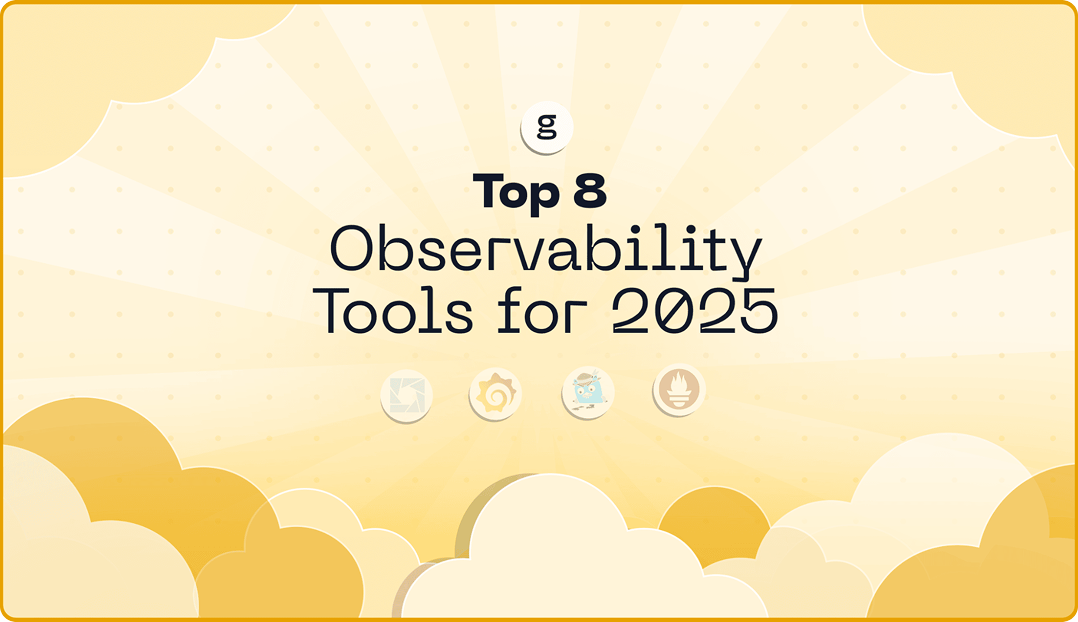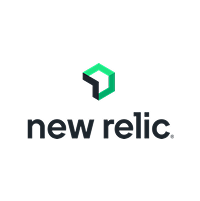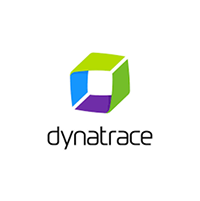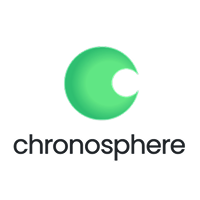New Relic vs. Chronosphere
Compare New Relic vs. Chronosphere for Observability. We want you to choose the most suitable tool for your use case, even if it’s not us.
As cloud-native environments continue to grow in complexity, observability has become essential for ensuring the reliability, performance, and scalability of modern applications. From monitoring infrastructure health, enabling deep visibility into distributed systems, or getting real-time insights into reasoning paths, token usage of LLM Agentic applications. However, traditional vendors sliced visibility into separate products (APM, Log Management, Infrastructure Monitoring, LLM Observability) and priced them in ways that forced tradeoffs making it important for team to choosing the right observability platform is critical to operational success.
The right choice depends on your priorities: cost, control, scale, and flexibility. In the following sections, we’ll compare both platforms to help you determine which best fits your needs, even if the answer isn’t us.
New Relic vs. Chronosphere at a glance
New Relic vs. Chronosphere at a glance
New Relic vs. Chronosphere at a glance
New Relic overview
New Relic is a cloud-based observability platform that collects and analyzes telemetry data — including metrics, events, logs, and traces — across applications and infrastructure. It provides a full-stack view of digital systems with capabilities such as application performance monitoring (APM), infrastructure monitoring, synthetic monitoring, and customizable dashboards. The platform uses a single data model to unify telemetry, helping teams identify performance bottlenecks, trace dependencies, and resolve issues faster. New Relic also incorporates AI-driven insights for anomaly detection and predictive analysis, and supports real-time alerts to reduce mean time to resolution (MTTR). Its usage-based pricing model allows organizations to pay for the data they ingest, rather than committing to fixed tiers. New Relic is used by engineering teams to monitor application health, troubleshoot issues, and align observability data with business and operational outcomes.
Chronosphere overview
Chronosphere is a cloud-native observability platform built to help engineering teams manage the scale, complexity, and cost of modern applications. It provides visibility across infrastructure, applications, and business metrics, giving DevOps and SRE teams the ability to detect and resolve issues before they impact users. By centralizing telemetry data and offering tools like Chronosphere Lens, it helps organizations reduce noise, improve reliability, and boost developer productivity.
Purpose-built for the demands of cloud-native environments, Chronosphere helps customers lower the cost of ingesting telemetry by giving user access to smart tools to optimize which data they keep and where they store it. Fluent Bit–based telemetry pipeline, and focus on flexibility help teams control data growth without sacrificing insight.






















.svg)